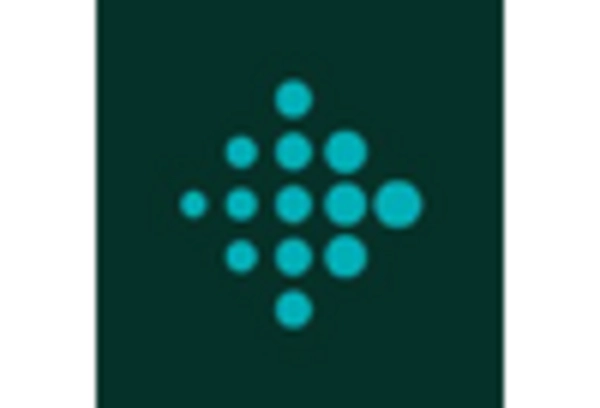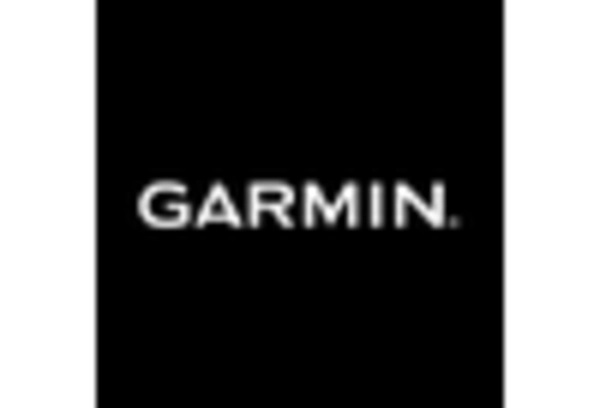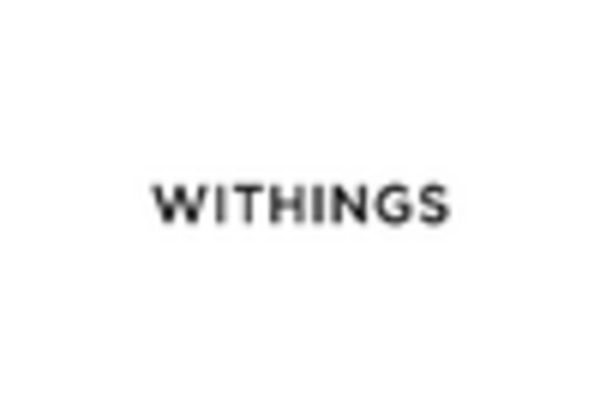The Global Wearable Sleep Tracker Market is experiencing significant growth driven by the increasing awareness of sleep health and its crucial role in overall wellness. As more consumers recognize the importance of quality sleep, the demand for devices that monitor sleep patterns and quality has surged.
This has led to a broader range of technological innovations within the market, including smartwatches, fitness trackers, and dedicated sleep monitoring devices that integrate advanced sensors and algorithms to analyze sleep behavior. The competition within this space is fierce, with numerous players aiming to capture market share by offering unique features, improved accuracy, and enhanced user experiences.
Companies are increasingly focusing on integrating complementary health metrics, such as heart rate variability and stress levels, to provide a comprehensive view of users' health and wellness.Oura Health has established itself as a notable player in the Global Wearable Sleep Tracker Market.
The company's flagship product, the Oura Ring, stands out for its sleek design and advanced biosensors, allowing it to provide detailed sleep insights. Oura Health's strength lies in its ability to blend stylish design with premium functionality, making it an attractive option for consumers who value both aesthetics and performance.
The device offers personalized recommendations based on individual sleep patterns, providing users with actionable insights to improve their overall sleep quality. In addition, Oura Health has developed a strong community of users and brand loyalty, bolstered by partnerships and collaborations that enhance its market presence.
The company's focus on leveraging data science to refine its algorithms ensures it remains at the forefront of the evolving wearable sleep technology landscape.Polar is recognized for its emphasis on fitness tracking and holistic health monitoring, which extends to its offerings in the Global Wearable Sleep Tracker Market.
The company’s devices are known for their accuracy and comprehensive fitness features, appealing to users who prioritize not only sleep quality but also overall physical activity and well-being. Polar's strength lies in its established reputation for reliability and durability in the wearable technology sector, attracting a loyal customer base.
The tracking functionalities within Polar products are integrated with robust training and recovery metrics, allowing users to view their sleep data in the context of their broader fitness goals. By combining sleep tracking with performance monitoring, Polar capitalizes on the growing trend of consumers seeking devices that provide a well-rounded picture of health, demonstrating its capability to compete effectively in the wearables market.
















Leave a Comment